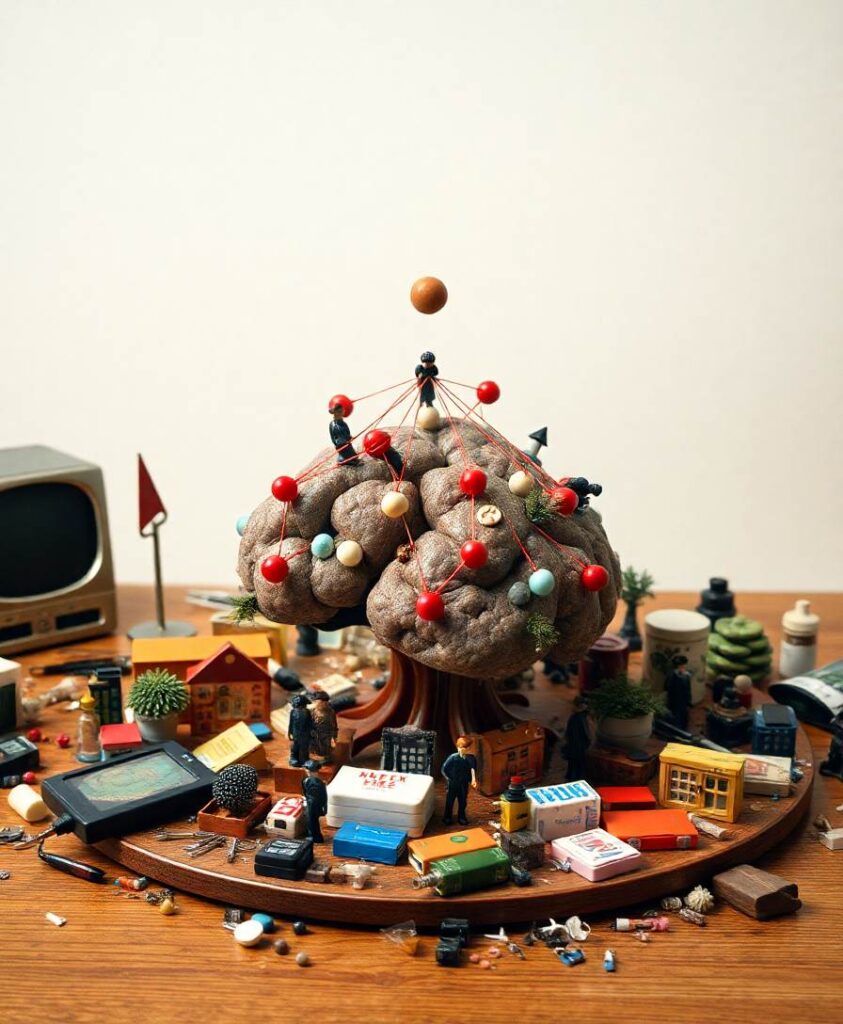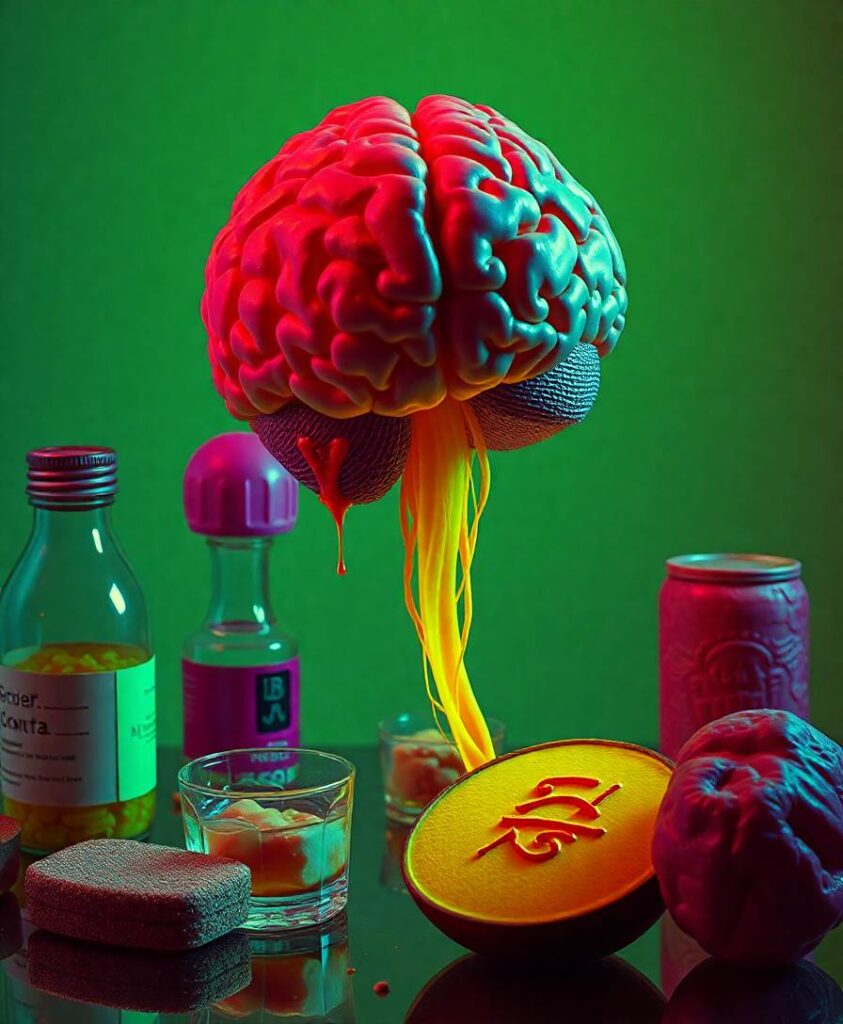The researchers implement this approach in a prediction game framework, starting from basic concepts like individual characters and gradually building a networked hierarchy of concepts over time. They demonstrate that CORE is scalable and open-ended, enabling the learning of thousands of concepts across hundreds of thousands of episodes. The system’s performance is compared with transformer neural networks and n-gram language models, providing insights into its strengths and differences compared to existing techniques.
This study sheds light on the cognitive processes behind hierarchical concept acquisition and offers valuable implications for fields like artificial intelligence and machine learning. To dive deeper into the research and explore potential future directions, check out the full article!
How do humans learn the regularities of their complex noisy world in a robust manner? There is ample evidence that much of this learning and development occurs in an unsupervised fashion via interactions with the environment. Both the structure of the world as well as the brain appear hierarchical in a number of ways, and structured hierarchical representations offer potential benefits for efficient learning and organization of knowledge, such as concepts (patterns) sharing parts (subpatterns), and for providing a foundation for symbolic computation and language. A major question arises: what drives the processes behind acquiring such hierarchical spatiotemporal concepts? We posit that the goal of advancing one’s predictions is a major driver for learning such hierarchies and introduce an information-theoretic score that shows promise in guiding the processes, and, in particular, motivating the learner to build larger concepts. We have been exploring the challenges of building an integrated learning and developing system within the framework of prediction games, wherein concepts serve as (1) predictors, (2) targets of prediction, and (3) building blocks for future higher-level concepts. Our current implementation works on raw text: it begins at a low level, such as characters, which are the hardwired or primitive concepts, and grows its vocabulary of networked hierarchical concepts over time. Concepts are strings or n-grams in our current realization, but we hope to relax this limitation, e.g., to a larger subclass of finite automata. After an overview of the current system, we focus on the score, named CORE. CORE is based on comparing the prediction performance of the system with a simple baseline system that is limited to predicting with the primitives. CORE incorporates a tradeoff between how strongly a concept is predicted (or how well it fits its context, i.e., nearby predicted concepts) vs. how well it matches the (ground) “reality,” i.e., the lowest level observations (the characters in the input episode). CORE is applicable to generative models such as probabilistic finite state machines (beyond strings). We highlight a few properties of CORE with examples. The learning is scalable and open-ended. For instance, thousands of concepts are learned after hundreds of thousands of episodes. We give examples of what is learned, and we also empirically compare with transformer neural networks and n-gram language models to situate the current implementation with respect to state-of-the-art and to further illustrate the similarities and differences with existing techniques. We touch on a variety of challenges and promising future directions in advancing the approach, in particular, the challenge of learning concepts with a more sophisticated structure.


